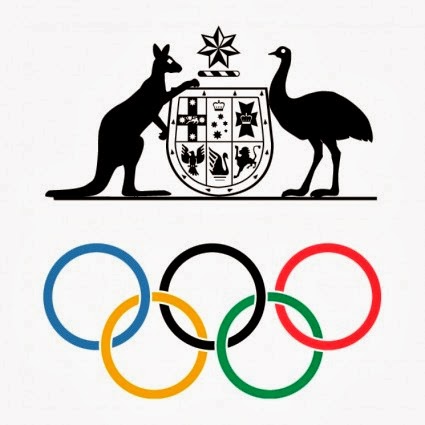"What is the benefit of fast tracking talent identification via a talent search? Is it a cheaper/more efficient option than putting in place a long term athlete development pathway? Also see lecture content."
A talent search is an interesting way to identify and
fast track potential talent which appears to have been quite successful in a
few cases.
Rebecca Romero, UK – Olympic medalist in rowing and
cycling
Alisa Camplin, AUS – former gymnast and national
title winning catamaran sailor turned winter Olympic aerial skiing Gold medal champion
Tim Duncan, US – San Antonio Spurs: former
potential Olympic swimmer turned 4 time NBA champion
Sonny Bill Williams, NZ – professional football
player and undefeated heavyweight boxer.
These are just a couple of cases where athletes
have successfully transferred their talent from a chosen sport into a new one
and produce excellent results.
Some sports, although different, quite evidently
have identical skill sets i.e. basketball and volleyball. In this instance,
talent transfer is beneficial between both sports with very little need to
develop abilities, mainly just essential skills needed for the sport (dribbling
= basketball, hand positioning for serving/setting the ball = volleyball).
The benefits for a long term athlete development
pathway are well documented and lend well to sports specificity. But a LTAD can
be quite expensive, not merely in terms of money spent to produce athletes and
results, but in terms of hours required to reach an elite level, 10,000 hours
of training to master a sport! If an athlete or organisation was looking to win
medals or championships this is a lot of training that needs to be undertaken
and plenty more to continue the athletes advancement.
A talent transfer can be beneficial by being able
to fast track athletes into sports that their skills fit rather than trying to
fit the skills of one sport into the athlete. In this way a talent ID and
transfer program is cheaper than LTAD programs in terms of the time and money
spent training. Where the costs for the talent transfer approach will become
evident will be the funding required to enact trials and testing to discover our
nation’s next champions, and subsequently any costs associated with their
training in the sport.
The NTID program has the ability to scout from a
larger pool of athletes from all over Australia and bring to the forefront
athletes who may never have had the chance to showcase skills and their
potential for Olympic glory. Using already established skills then allows for
fast tracking the training of athletes to compete for medals and championships.
I believe the talent
ID/talent transfer programs currently running and being developed will lead to
success for Australia in some form. But the question I am left with is; if the
fast tracking of athletes proves unsuccessful and more training in the sport is
required, when does the situation move from ‘talent transfer’ into more of a ‘LTAD’
pathway scenario again?

No comments:
Post a Comment